Hundreds of Dolphins Turn Up Dead on Brazilian Shore as Lake Temperatures Are Comparable to Hot Soup
In the past week, an alarming number of dolphin carcasses have been found floating in the waters of Brazil’s Lake Tefé. Scientists are still trying to find out the cause of the mass death.
However, there are already speculations by marine researchers that the deaths are a product of the recent spike in the temperature of Lake Tefé.
Amazonian Drought On Rampage
The Amazon River is an important piece in the puzzle of livelihood in the Brazilian town of Tefé. This applies not just to the human occupants but also to the local freshwater dolphins that once thrived in the town’s lake.

Source: Earl McGehee/EPIC
Unfortunately, recent droughts being experienced along the Amazon River have resulted in the recession of Lake Tefé’s shorelines and an increase in the water’s temperature.
Dolphins Live in Rivers Too
River dolphins are adapted to living in freshwater, unlike their saltwater cousins. There are two major species of these river dolphins in Lake Tefé.
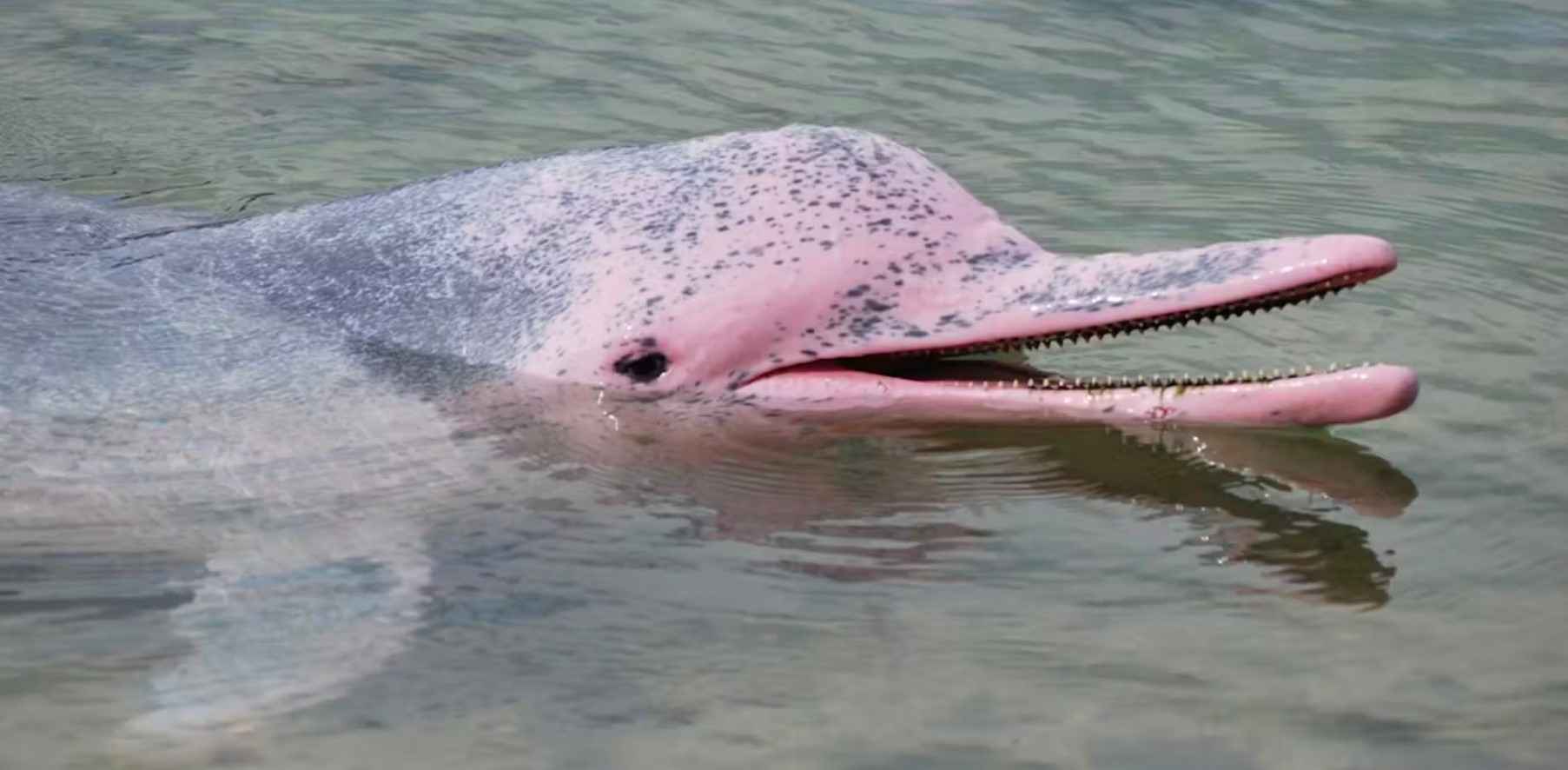
Source: My Flower Boutique
Before the drought, local researchers noted some 900 Pink River dolphins and about 500 Tucuxi dolphins in the waters of Lake Tefé. That figure brings the total dolphin population of Lake Tefé to roughly 1,400.
Carcasses Dot the Shoreline
However, in the past week, about 125 dolphin carcasses have been recovered from the shores and waters of Lake Tefé. That figure brings the loss from the two species to almost 10% of the total population.
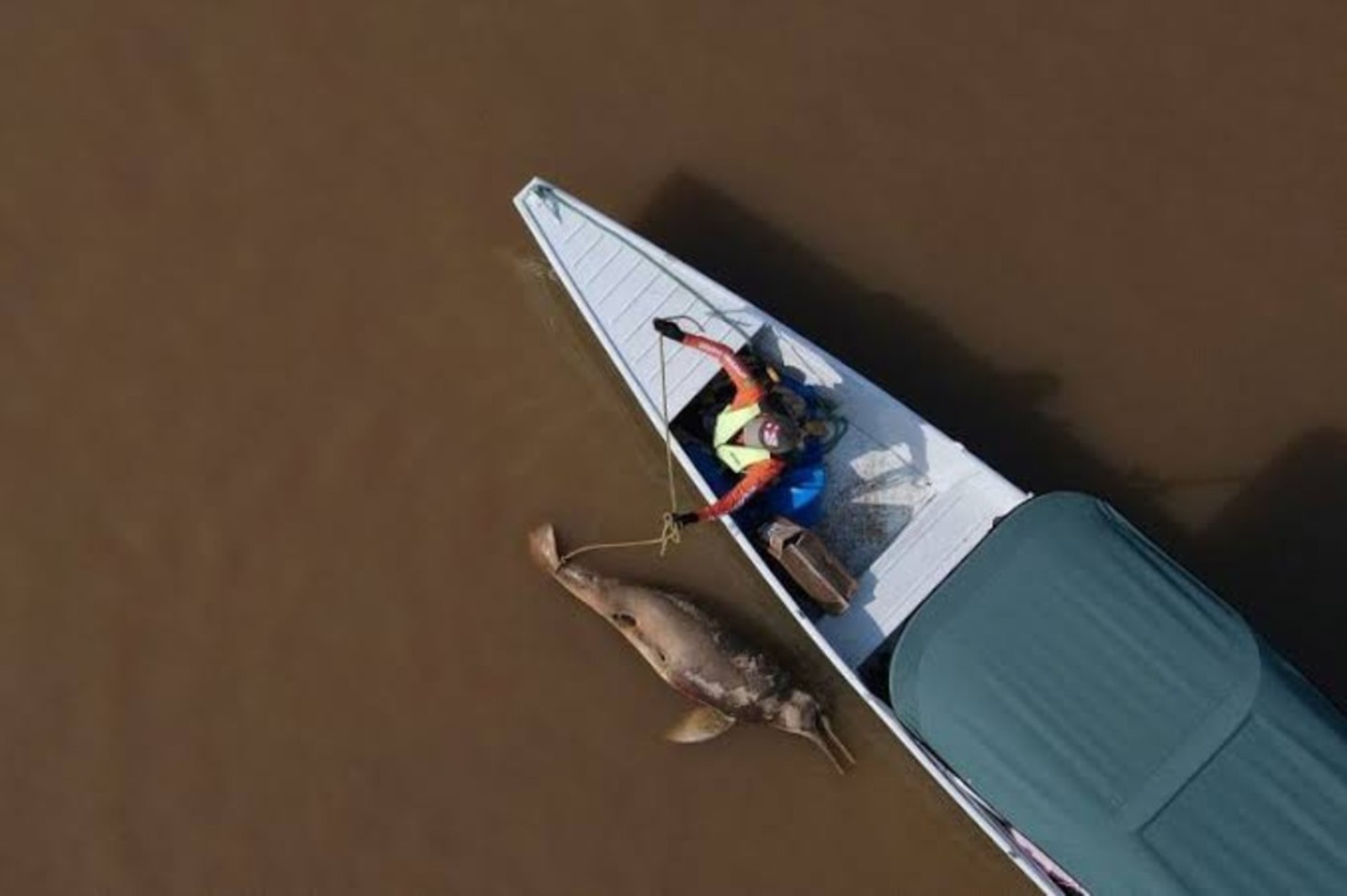
Source: Reuters/Instagram
Recovery of the carcasses has been made possible by the joint effort of marine researchers, fishers, and local volunteers. So far, scientists haven’t figured out the cause of the mass death.
An Inexplicably High Mortality
Before the Amazonian drought, it was commonplace for fishers to encounter a dead dolphin while going about their fishing occasionally. Mostly, those would have died from either old age or sickness.
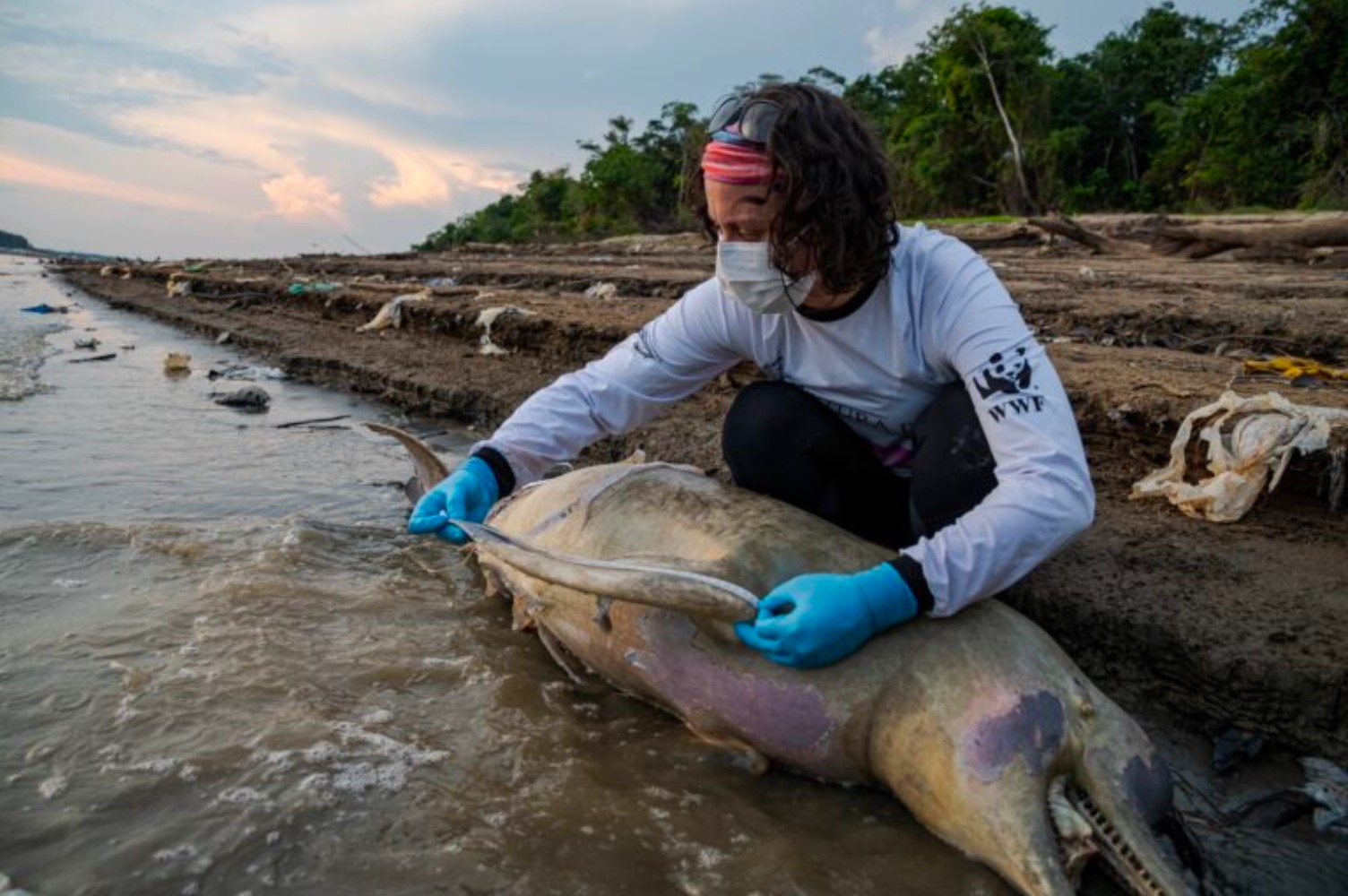
Source: Mongabay
However, the 100-plus carcasses discovered in the past week alone are a far cry from previous records of dolphin deaths. Researchers are working round the clock to ascertain the major cause of the strange deaths in the dolphin population.
What Could Be Causing the Deaths of These Dolphins?
Before arriving at any substantive conclusions, scientists suggest the recent extremes in the water temperature as the culprit.
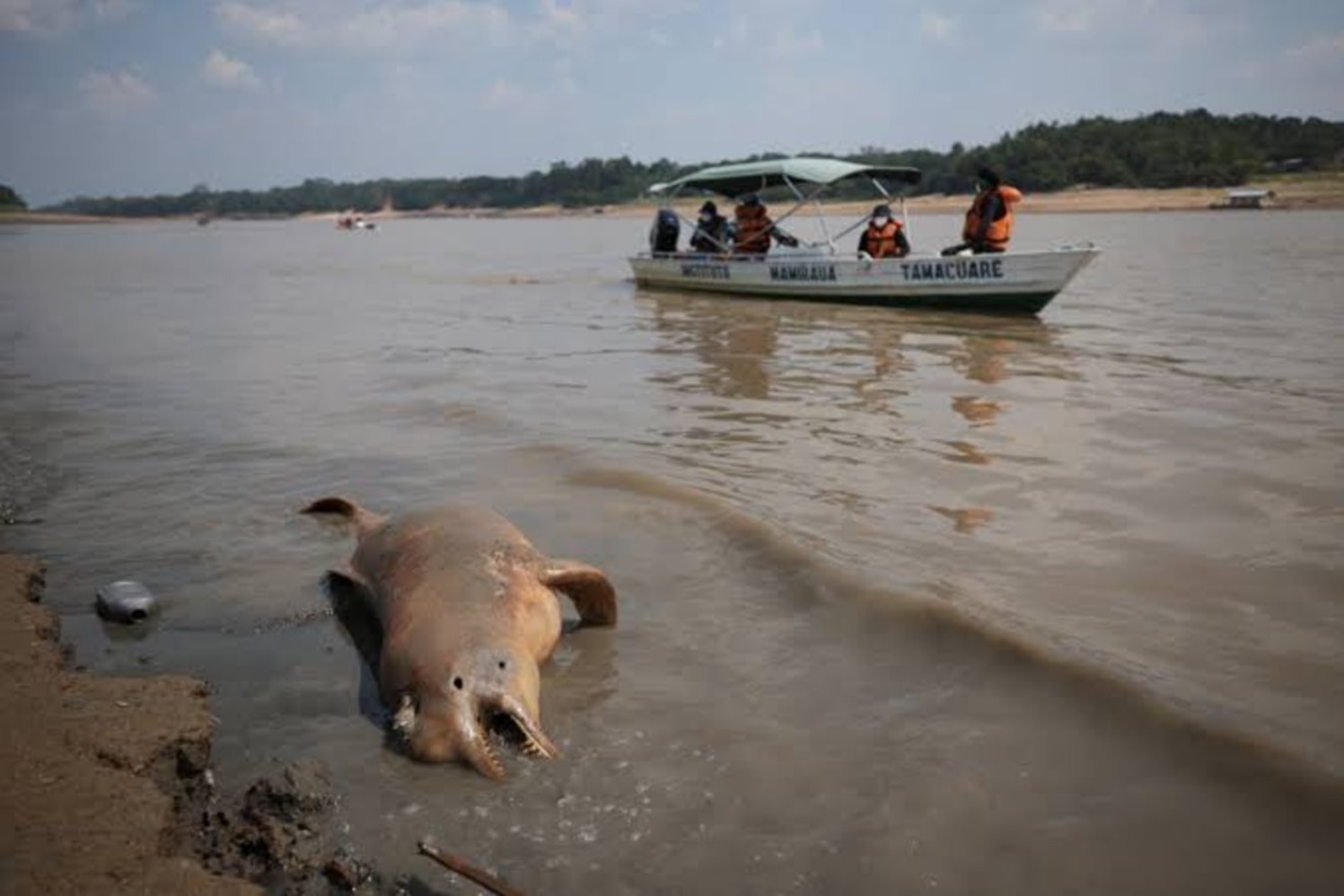
Source: Down to Earth/YouTube
Since the drought started in Tefé, scientists have recorded temperatures as high as 109 degrees Fahrenheit. This figure is said to be nine degrees higher than usual. However, the experts are not ruling out other potential factors that may have caused the dolphin deaths.
Was the Water Polluted?
The Mamirauá Institute for Sustainable Development leads investigations into the catastrophic loss. They’re determined to get to the root of the issue.
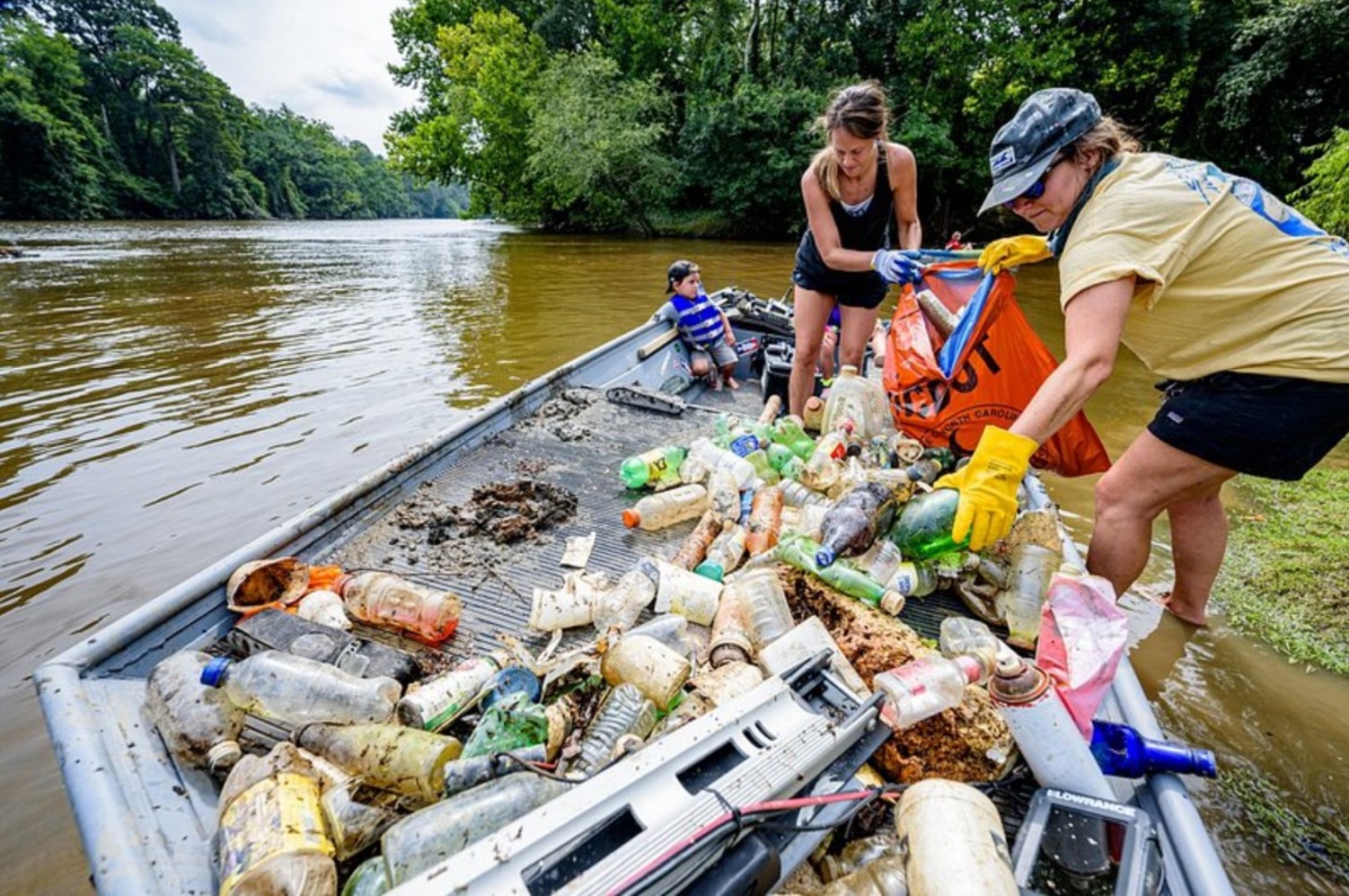
Source: Rawpixel
Some other death-causing factors they are looking to investigate are the outbreak of infectious diseases, and signs of pollution in the water. If the deaths were caused by a pollutant discharged into the lake, it must have been quite lethal.
Checking for Contagious Diseases
On the other hand, if a ravaging disease induced the deaths, it is probably fatal to all aquatic occupants of Lake Tefé. Reports reveal that the river dolphins are not the only victims of the mass death at Lake Tefé.

Source: ZAWYA
Other freshwater fish are also dying by the thousands, with some tributaries of the Amazon reduced to muddy streams.
Swimming in a Cauldron
André Coelho, one of the researchers working with Mamirauá Institute for Sustainable Development, mentioned that the living dolphins appear agitated.
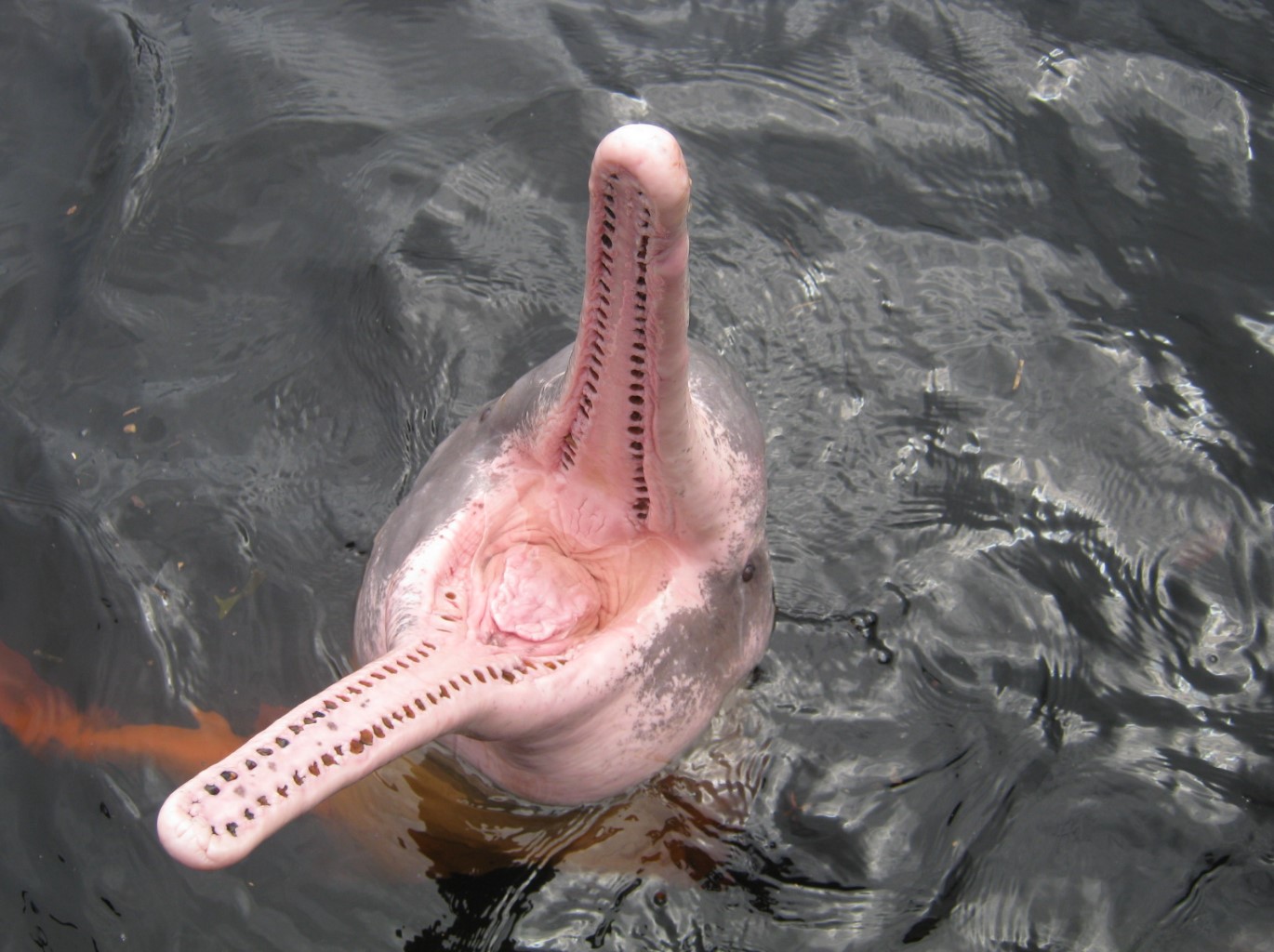
Source: Jorge Andrade/Flickr
Also, many of these creatures are spending most of their time close to the water surface and are not diving as often as they used to. Coelho noted this behavior as strange for freshwater or saltwater dolphins.
Time to Change House?
There are strong indications that the drought being experienced in and around Lake Tefé will grow worse in the coming weeks.
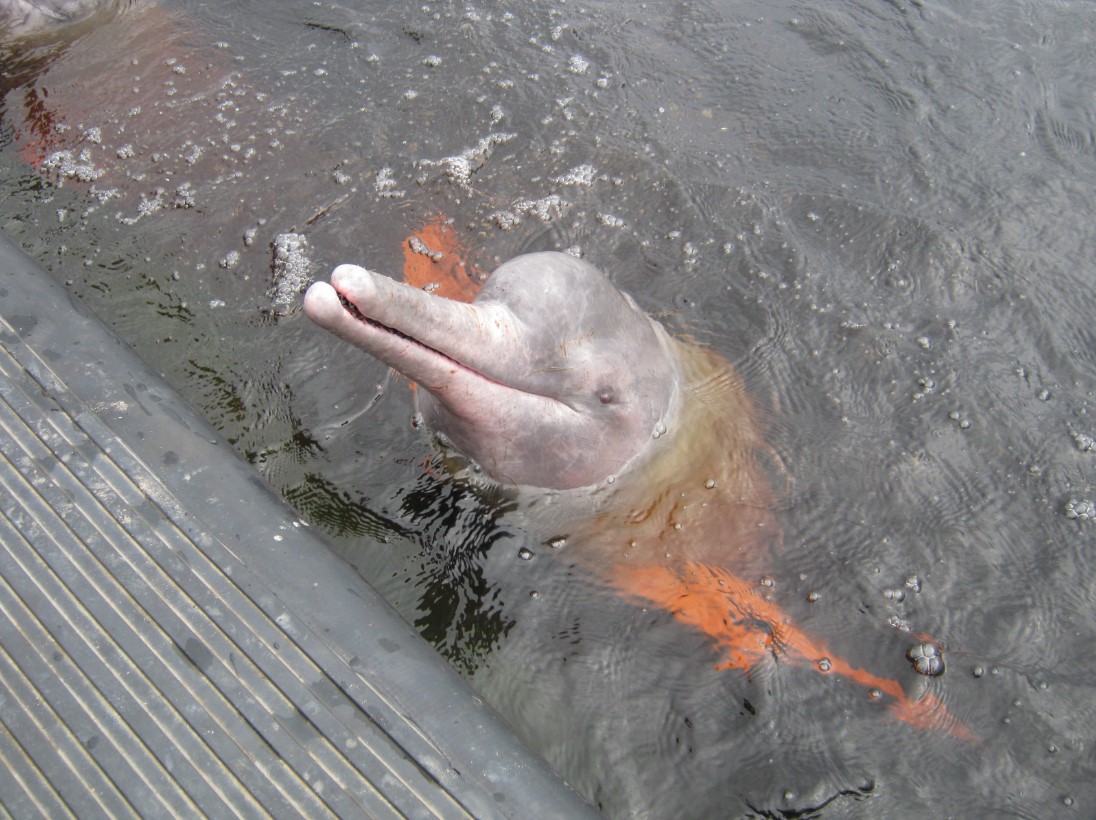
Source: Jorge Andrade/Flickr
Researchers at the institute are considering moving the surviving dolphins to another location. Of course, moving them to the sea is out of the question, as these species are adapted to freshwater.
Cautious Migration
Unfortunately, several preliminary assessments are required before the Tefé dolphins can be transferred to another river.
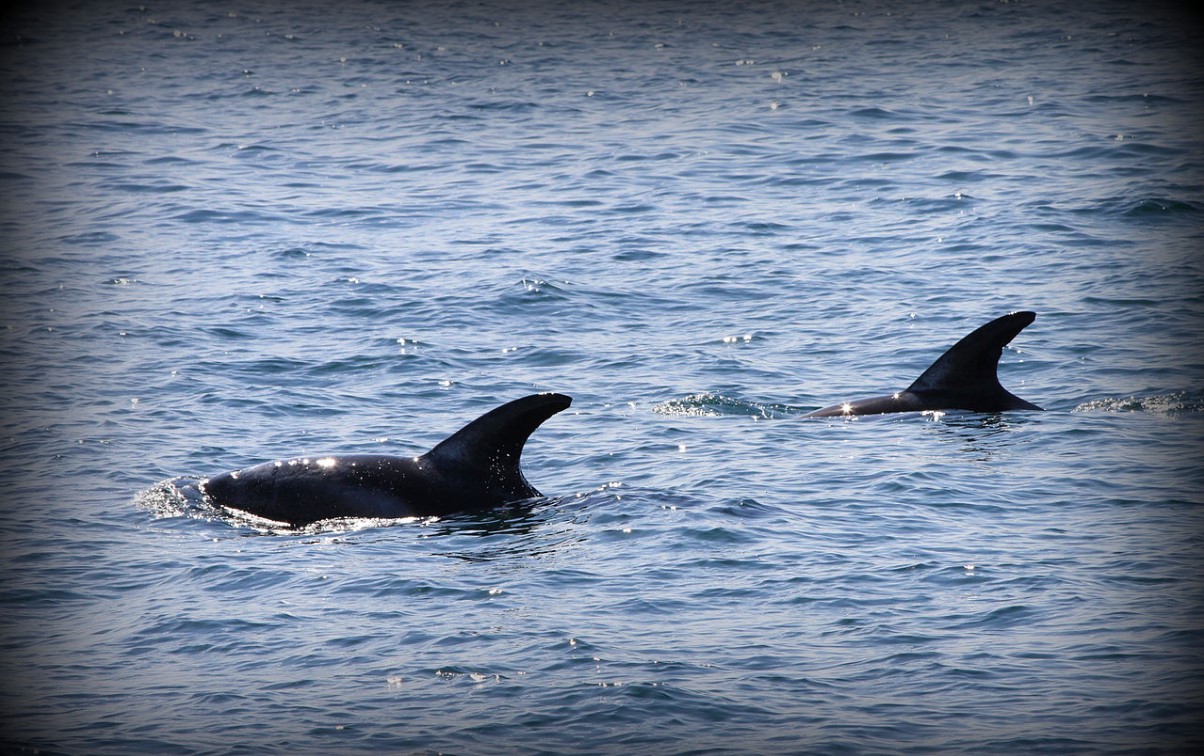
Source: Helgi Halldórsson/Flickr
For example, researchers must screen the new location for toxins and viruses before the transfer. This verification would, however, be unnecessary if the dolphins migrated to the new location on their own. They would spontaneously adapt to such a scenario.
Operation Save Some
The pre-relocation verification process is ongoing before the relocation of the still-living dolphins. Likewise, several veterinarians have volunteered to pinpoint the cause of mass death among the dolphin population.
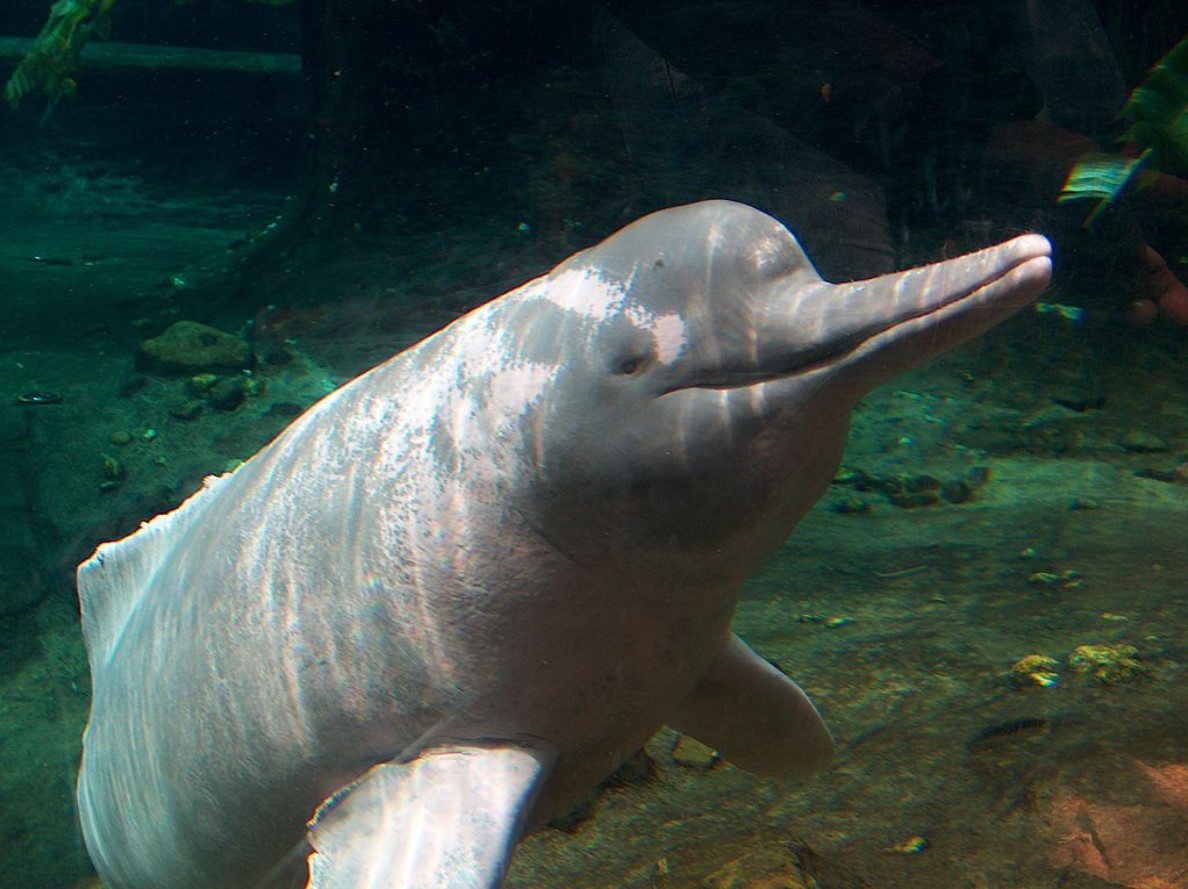
Source: Oceancetaceen/Wikimedia Commons
The researchers are conducting necropsies on the carcasses and collecting samples to be analyzed for the likely cause of the deaths. Hopefully, the team of researchers will be able to salvage the life of the remaining dolphins.
